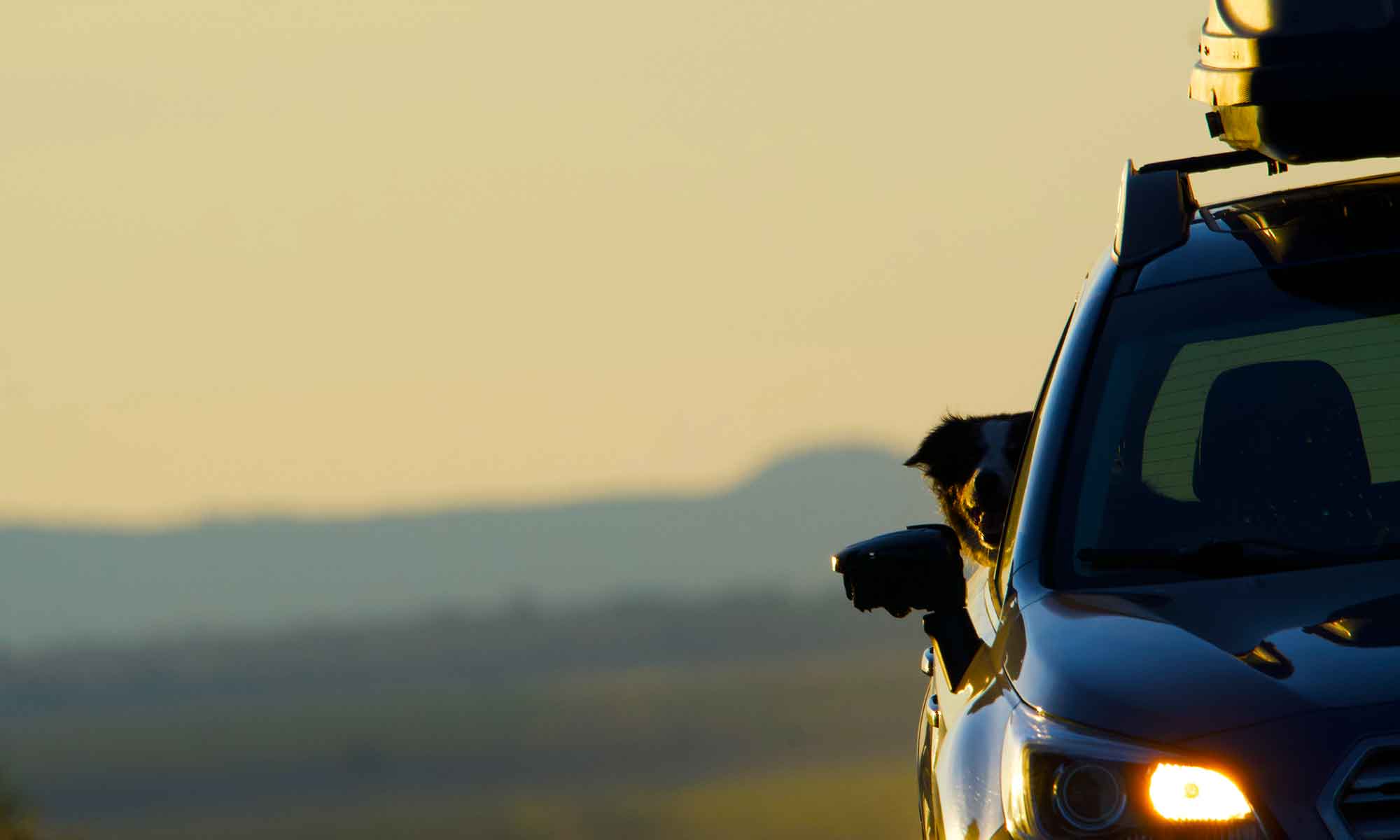
Being retired we find time to embrace certain concepts or more like Rules to Live By. They help us focus on what’s really important and among them are:
-
- Fun will be had by all
- Live life like my dog
- Housework never supersedes fun
However, today we plan to use the Never Go Back The Same Way We Came rule. After a wonderful morning and lunch at Spring Basin Wilderness, we continue our exploration of the area.
 We head along a scenic drive to explore the prehistoric past of Oregon and stop at the Clarno Unit of the John Day Fossil Beds. It is located 18 miles west of the town of Fossil, Oregon.
We head along a scenic drive to explore the prehistoric past of Oregon and stop at the Clarno Unit of the John Day Fossil Beds. It is located 18 miles west of the town of Fossil, Oregon.
 The Palisades are the most prominent landform and are ancient mudflows.
The Palisades are the most prominent landform and are ancient mudflows.
The trailhead is located along Highway 218. The Trail of Fossils (¼ mile loop) is the only trail in the park where visitors can easily see fossils in the rocks. Large boulders strewn below the Palisades contain dozens of visible plant fossils. We glimpse fossilized plants along the cliff walls as well … when suddenly we hear a strange “gobble” sound. I kid you not! We grab the binoculars and sure enough it’s a flock of wild turkeys. What a perfect end to a perfect day.
Sure, we get home late. But luckily we’ve put into practice our Always have dinner ready and waiting after a long day on the road rule. On the menu, Minestrone Soup with toasted baguette. Yeah … these are rules we can live by.




 Kokanee Karnival
Kokanee Karnival Perhaps not so coincidentally on Earth Day this year, we participated by helping other Sunriver Anglers serve lunch to 100 hungry elementary students, teachers and volunteers. This was part of Kokanee Karnival’s Angling Clinic Experience.
Perhaps not so coincidentally on Earth Day this year, we participated by helping other Sunriver Anglers serve lunch to 100 hungry elementary students, teachers and volunteers. This was part of Kokanee Karnival’s Angling Clinic Experience.










 The museum’s curated projects go beyond the boundaries of their exhibit space set on 135 acres south of Bend. One of these events is a lecture series held at McMenamins Old St. Francis School.
The museum’s curated projects go beyond the boundaries of their exhibit space set on 135 acres south of Bend. One of these events is a lecture series held at McMenamins Old St. Francis School. This past week we learned about “First Foods Management with a River Vision.” Eric Quaempts, Director of Natural Resources for the Confederated Tribes of the Umatilla Indian Reservation, spoke about a unique approach to water management and natural resource development. His department makes decisions based on the concept of water being a First Food; water, fish, game, roots and berries.
This past week we learned about “First Foods Management with a River Vision.” Eric Quaempts, Director of Natural Resources for the Confederated Tribes of the Umatilla Indian Reservation, spoke about a unique approach to water management and natural resource development. His department makes decisions based on the concept of water being a First Food; water, fish, game, roots and berries.

 There are an abundance of birds and water fowl taking advantage of the expanded flood plain. Ducks, mostly mallard pairs, and of course flocks of Canada geese. To the year round residents there is a marked increase in song birds, particularly robins and red-winged black birds. The black birds are aggressively staking claim to territory with red flashes from their shoulders and loud calls. There are also small birds that flit too fast for easy identification, but are adding their voices to the choir.
There are an abundance of birds and water fowl taking advantage of the expanded flood plain. Ducks, mostly mallard pairs, and of course flocks of Canada geese. To the year round residents there is a marked increase in song birds, particularly robins and red-winged black birds. The black birds are aggressively staking claim to territory with red flashes from their shoulders and loud calls. There are also small birds that flit too fast for easy identification, but are adding their voices to the choir.
